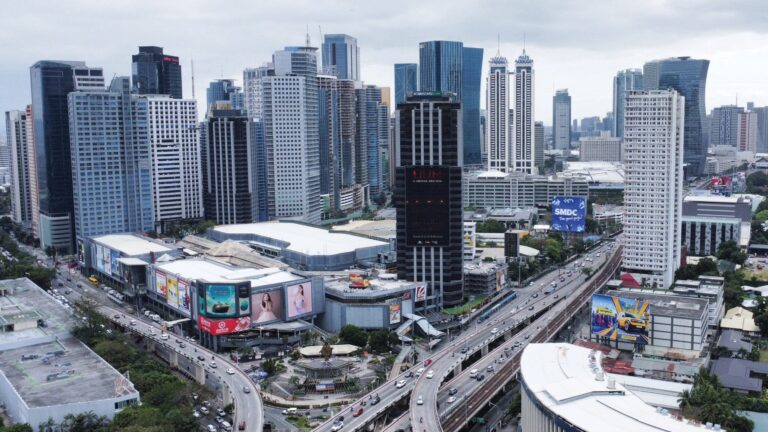Over the past 125 years, healthcare in the Philippines has undergone transformative changes, significantly improving the quality of life for Filipinos. Notably, prehospital emergency medical services (EMS) and emergency rooms (ER) have evolved, providing critical lifelines during emergencies. In earlier times, prehospital care was rudimentary, relying on informal community efforts for transportation. The introduction of professional …
Over the past 125 years, healthcare in the Philippines has undergone transformative changes, significantly improving the quality of life for Filipinos. Notably, prehospital emergency medical services (EMS) and emergency rooms (ER) have evolved, providing critical lifelines during emergencies. In earlier times, prehospital care was rudimentary, relying on informal community efforts for transportation.
The introduction of professional ambulance services, such as Lifeline 16-911 Medical, Inc., revolutionized EMS with a 24/7 emergency hotline, advanced life support ambulances, and an average response time of just 12 minutes in Metro Manila. This innovation has saved countless lives, bridging the gap between emergencies and hospital care.
The passage of the Emergency Medical Services System Act of 2019 further institutionalized EMS, setting training standards for emergency medical technicians and integrating EMS into the healthcare framework. Training centers like the Lifeline EMS Academy have professionalized the field, ensuring responders are equipped with advanced trauma and disaster-response skills.
Emergency rooms have also been modernized, with hospitals like St. Luke’s and The Medical City adopting state-of-the-art diagnostic tools and specialized trauma centers. The government’s Health Facilities Enhancement Program has expanded ER infrastructure in underserved areas, improving access to quality care nationwide.
Broader healthcare improvements, including Universal Healthcare (UHC), public health campaigns, and expanded services for non-communicable diseases, have significantly boosted life expectancy and quality of care.
Despite these advancements, challenges remain in ensuring equitable access across all regions. Strengthening rural EMS, enhancing ER capacities, and embracing technology-driven solutions are vital next steps.
These milestones reflect a century of innovation and collaboration, affirming a brighter, healthier future for Filipinos.






